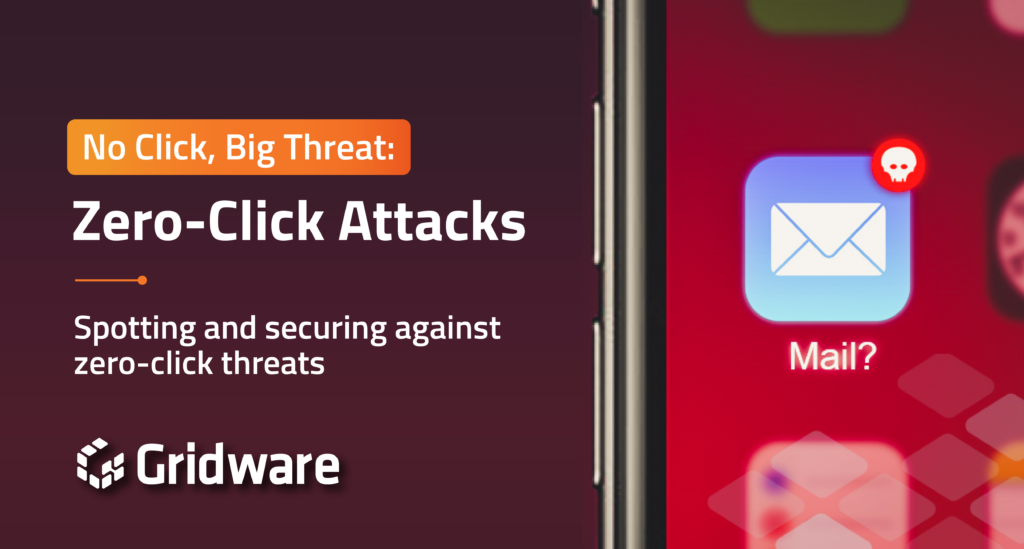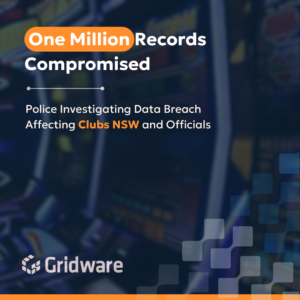If you’ve ever been a Mac user, you’ve probably heard the common phrase: “Macs don’t get viruses.” While this statement was once a selling point for Apple’s personal computers, it’s no longer strictly true. With the digital landscape evolving rapidly, macOS faces its fair share of threats, just like any other operating system.
The recently published Bitdefender’s 2023 macOS Threat Landscape Report discusses the threats and potentially unwanted applications (PUAs) affecting macOS in 2023. So, how safe is your macOS really? Let’s dive in.
The Rise of Mac-Specific Malware
According to the report, macOS is becoming a major target for malware developers. New Mac-specific threats are emerging, with the likes of FakeAlert and FlashBack leading the charge. Notably, FakeAlert exploits users’ fear of viruses to trick them into installing rogue antivirus software, while FlashBack targets web browsers to compromise personal information.
PUAs – Not Just a Windows Problem
While malware is concerning, Potentially Unwanted Applications (PUAs) are another significant issue for macOS users. According to the report, Installmiez is the most prevalent PUA, accounting for 47.8% of all detections. Often disguised as fake installers, Installmiez often carries a secondary payload, ranging from adware to data-stealing malware.
Meterpreter, which accounts for 11.7% of PUA detections, is primarily a penetration testing tool. Though designed for ethical hacking, it can be misused for unethical hacking as well.
The Adware Epidemic
Adware is another major category of threats that has grown increasingly prevalent on macOS. According to the Bitdefender report, Adload and Bundlore are the most common types of adware affecting Mac users, with Adload making up 27.2% of adware detections. These adware variants are deceptive; they hijack browsers and redirect users to potentially dangerous websites.
Miners and Jailbreak Tools
Crypto miners and jailbreak utilities are less prevalent but still pose a risk to macOS users. Miners, which accounted for 8% of PUA detections, eat away at system resources and battery life. Jailbreaking utilities, though only accounting for 1% of detections, can introduce vulnerabilities into the system.
Human Error
One common thread throughout the Bitdefender report is the role of user behaviour in falling victim to these threats. Whether it’s through clicking on pop-ups, downloading fake installers, or using pirated software, risky user behaviour often opens the door to these various threats.
However, even with cautious behavior, new types of threats like No-Click Malware can compromise your system without any user interaction. Learn more about this in our detailed blog post.
How to Stay Safe: Prevention and Education
- Update Regularly: Always keep your macOS and antivirus software up-to-date.
- Educate Yourself: Awareness is key. Know how to recognise fake installers, rogue software, and phishing scams.
- Use Trusted Sources: Only download apps from trusted sources like the Apple App Store.
- Install Antivirus Software: Even if you’re on a Mac, modern antivirus software can provide an extra layer of protection against threats that may bypass the system’s built-in security measures.
For an in-depth look at current device security and emerging threats, our Cyber Security Guide is regularly updated by the Gridware team.
So, how safe is macOS in 2023?
While macOS has a reputation for being secure, it’s clear from the Bitdefender report that Mac users cannot afford to let their guard down. Malware, PUAs, and adware are evolving to target macOS, making awareness and proactive security measures a must to prevent personal attacks before they occur.





